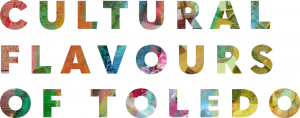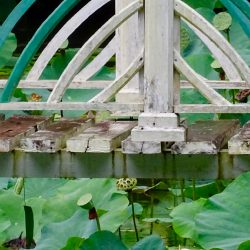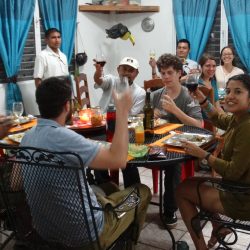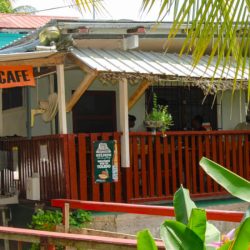Often confused with the country’s indigenous ‘Indians’, thanks to Christopher Columbus turning right, instead of left, East Indians (from the Indian Sub-Continent) make up just three percent of the Belizean population. The first group of East Indians arrived in 1838 from the West Indies, where they were employed as indentured labourers to work alongside Africans after slavery was abolished. One thousand mutineers (of the Indian Mutiny in 1858) with their wives and families were then transported from India by the British Parliament. A third wave of East Indians arrived in the 1880s, from Jamaica. East Indians have settled predominantly in Toledo but have also established themselves in Belize City and in Calcutta and San Antonio in the North in Corozal.
The Community in Toledo
Traditionally, East Indians were employed in Toledo’s sugar plantations in Cattle Landing, owned and run by Americans who had fled the Civil War in the US; those who had been employed in Guatemala, planting coffee, also settled in Toledo. Today, the East Indians live in mostly secluded communities like Forest Home or Manfredi what is often referred to as the “Indian Corridor”. Many now run their own enterprises and farms.
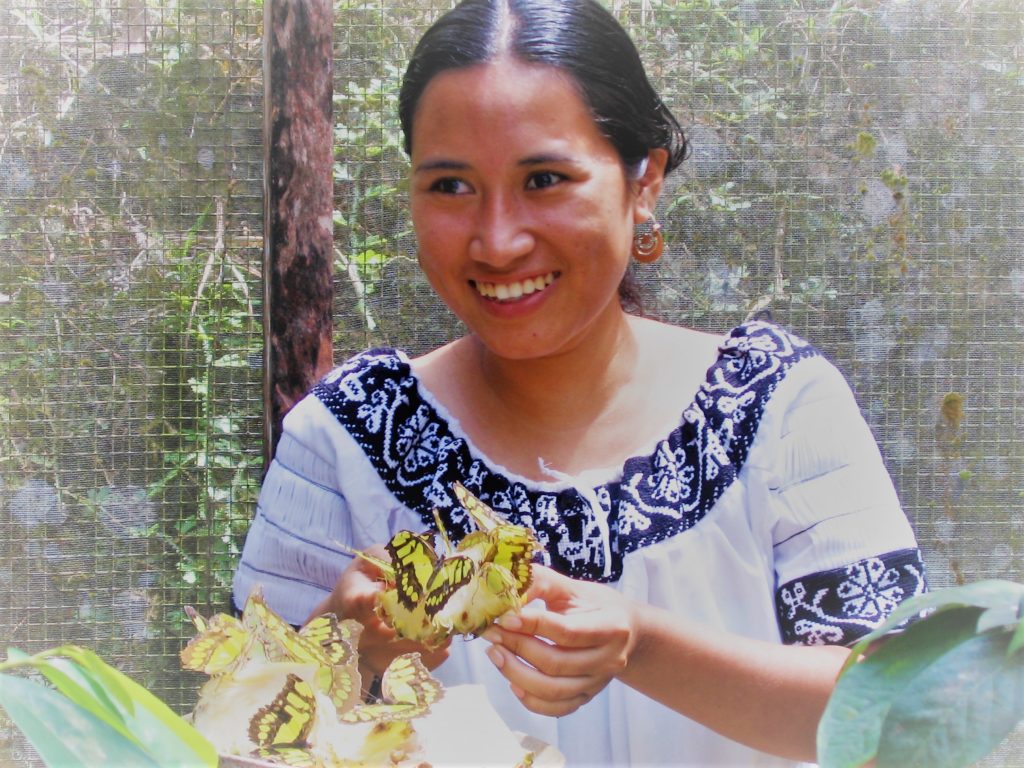
Cultural Traditions
Over the years, the East Indians intermarried and assimilated into the Belizean culture, thus creating a unique brand of what was originally represented. The resultant Belizean East Indian culture is a vital part of modern Belize through its cuisine (offered throughout the country, with its own unique blend of aromatic herbs and spices) its abiding traditions in ancient medicine, art and dance. Much of the exuberant and colourful style of East Indian dress has evolved into the more Western style of dress of Belize, although recently arrived immigrants might wear their traditional dress. Since their arrival in the 1800s the Indian language has all but disappeared.
Specialities
Indian food is now an essential part of the Belizean melting pot of cultures. At festivals and special events tacari, dahl roti, and cohune cabbage are served with other favourites like yellow rice, chicken curry, chutneys and more. The East Indians also brought with them the favoured use of ‘yellow ginger’ (commonly known as ‘haldi’ in India). This root, related to the ginger family, is grown widely in Toledo for both domestic and international use. Two eating establishments that well represent the East Indian culture are ‘Mamajees’, located in downtown Punta Gorda (check their link for opening days and times) which offers traditional, home-style cooking and the more well-known Coleman’s Café in Big Falls – the recipient of the Belize Tourism Board’s ‘Restaurant of the Year’ for 2017.
Businesses Related to Community
Belize Spice Farm & Botanical Gardens
When Tom and Tessy Mathew vacationed in Belize in 1989, they found it to be remarkably similar to their childhood home of Kerala in India. Parts of Southern Belize reminded them of The Malabar Coast, which was the original destination of Christopher Columbus. Many explorers were searching for an easy…
Mamajees Kitchen
Umeeda Switlo, who now manages Mamajee’s Kitchen enthusiastically talks about East Indian culture and food in Toledo. ‘Indian food is a combination of spices that in the ayurvedic tradition is not only tasty but also healing for your body. Yellow Ginger (turmeric) is an important ingredient in this tradition. Turmeric…
Colemans Café
Winner of BTB’s ‘Restaurant of the Year, 2017’ Coleman’s Cafe is ‘Where Good Food & Good People Meet’. We are an East Indian family owned and operated business in the Toledo District. Actually, we are one of the oldest business establishments in the Toledo district. Our restaurant provides a Lunch…
